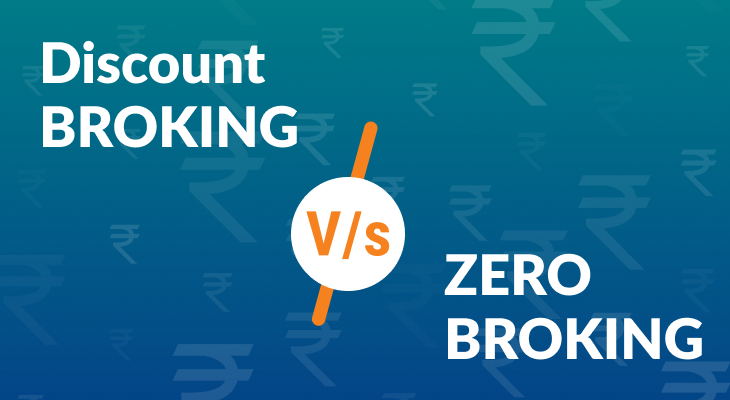
Many businesses take this into account when deciding to offer a mail-in rebate. Knowing in advance that only a certain proportion of customers will take the cash back, companies can estimate an average price reduction less than the rebate amount. Discounts are a reduction in the original price of a product or service.
Discounts: The Power of Immediate Reduction
Discounts and rebates are both effective strategies used by businesses to attract customers, increase sales, and provide cost savings. Discounts offer immediate price reductions at the time of purchase, while rebates serve as post-purchase incentives that require additional steps for customers to claim the rebate amount. Discounts and rebates are both effective strategies for attracting customers and increasing sales.
Do Rebates Apply to Sale Items?
Rebate psychology plays a significant role in the effectiveness of this strategy. Customers are often motivated by the promise of a refund, even if it requires them to take additional steps to claim it. To understand the key differences between rebates and discounts, it is crucial to examine their definitions and application.
Key Takeaways
This transparency often encourages impulse purchases and can help businesses clear excess inventory or promote new products. Additionally, discounts can create a sense of urgency, as customers may fear missing out on a limited-time offer. The cost is reduced at the time of the purchase for a discount and after the time of the purchase for a rebate. Keep in mind, though, that there is also what’s referred to as an instant rebate. In this case, even though it’s still considered a rebate, the discount will be applied right away.
- Discounts are applied at the time of purchase, providing immediate cost savings to customers.
- While both offer financial benefits to customers, they differ in their application and timing.
- The simplest example of a rebate and most popular is a volume rebate program which rewards trading partners for purchasing higher volumes of a product.
- For example, a customer who purchases a printer with a $50 rebate may simply need to fill out a short form online and submit it with their receipt to receive the refund.
- Schedule a short call to see how Tremendous can save you time, money, and hassle.
The rebate is allowed to customers, when their purchase in quantity or in value, reaches a specified limit. The amount returned to the buyer by the seller, at the time of making complete payment for the purchases is known as a rebate. It is a tool used by the sellers to promote sales in large quantities. The amount of rebate provided to the buyer is pre-decided by the seller. Rebates are collected after payment, while discounts are taken before purchase. Discounts are more likely to be offered by retailers, while rebates are more likely to be offered by manufacturers, such as automakers.

This is a well-known sales promotion strategy and hits the demand side of any product. Discount and rebate are commonly used terms in today’s dynamic markets, especially in the e-commerce world. Rebates and discounts are distinct forms of price cuts that directly or indirectly promote the overall sales of a business. Both the terms may sound similar, however, there is some difference between discount and rebate. The difference between discounts and rebates is essentially now vs. later. While rebates and discounts both allow the customer to save money, there is a key difference.
These volume incentives, also known as tiered incentives or incentive bands, are effective in helping companies increase margins. Unlike flat rate rebates, tiered incentives offer increasing rebates as more products are purchased. When you purchase an item, the price you see is not always the final price. Sometimes, retailers offer rebates to incentivize customers to buy their products.
A rebate is a conditional promotion, meaning that the consumer has to claim the savings. As a result of that additional effort, not all rebates will be redeemed. In other words, difference between discount and rebate you’ll sell a fair chunk of the product at full price. Typically, retailers set policies regarding rebate stacking, but some allow combining rebates with other discounts.
They can be offered in various forms, such as percentage-based discounts, fixed amount discounts, or buy-one-get-one (BOGO) offers. Discounts are typically applied at the point of purchase, either through a promotional code, coupon, or automatic deduction at the checkout. It is still better to clear the inventory at lower prices than to risk the quality of perishable goods.
Typically, the vehicle manufacturer pays for the rebate rather than the dealer. The manufacturer gives money to the dealer, who then transfers it to the consumer. It is facing low demand for breakfast items due to the pandemic situation. This helps the seller to maintain cash flow and healthy working capital. By submitting, you agree to receive text messages at the number provided.
